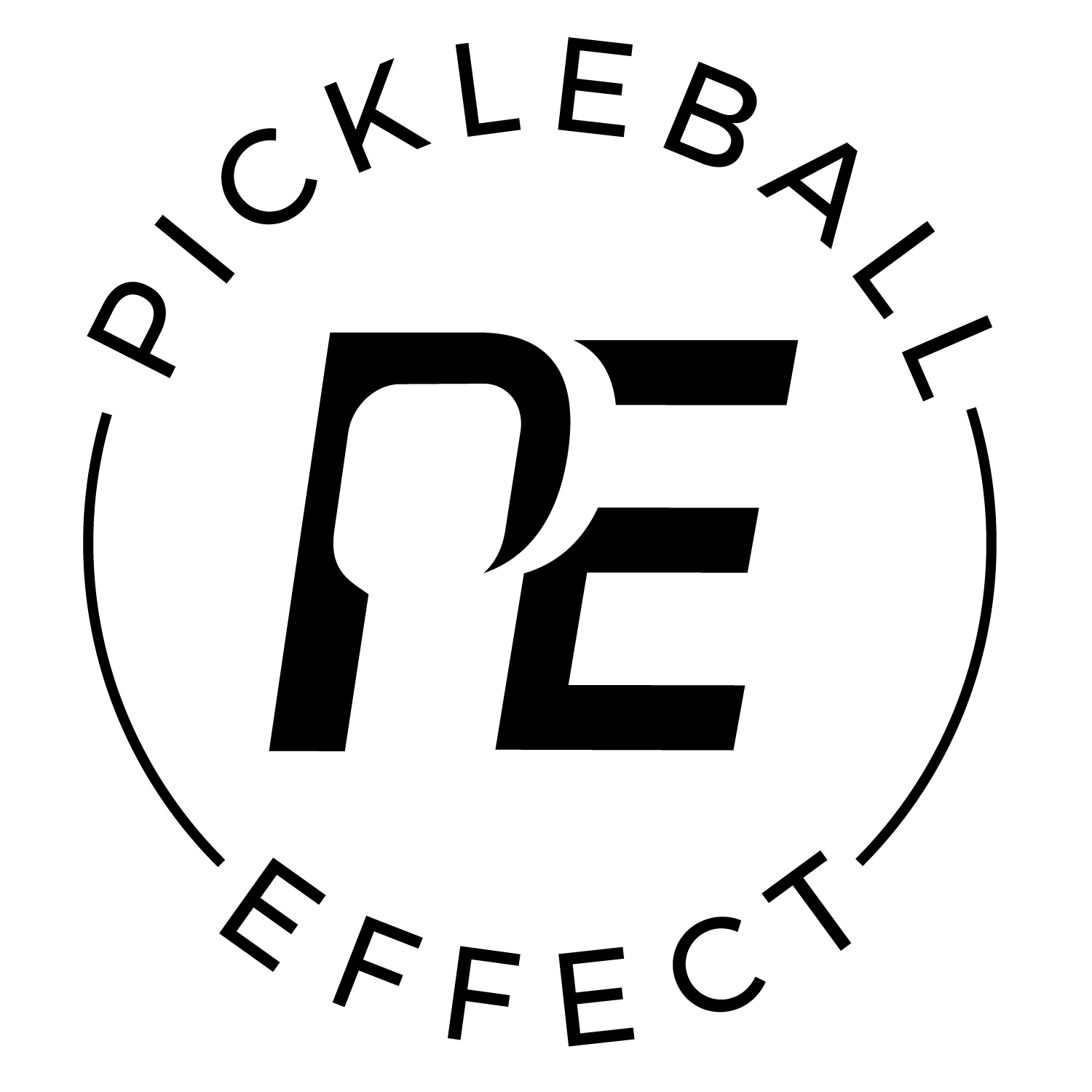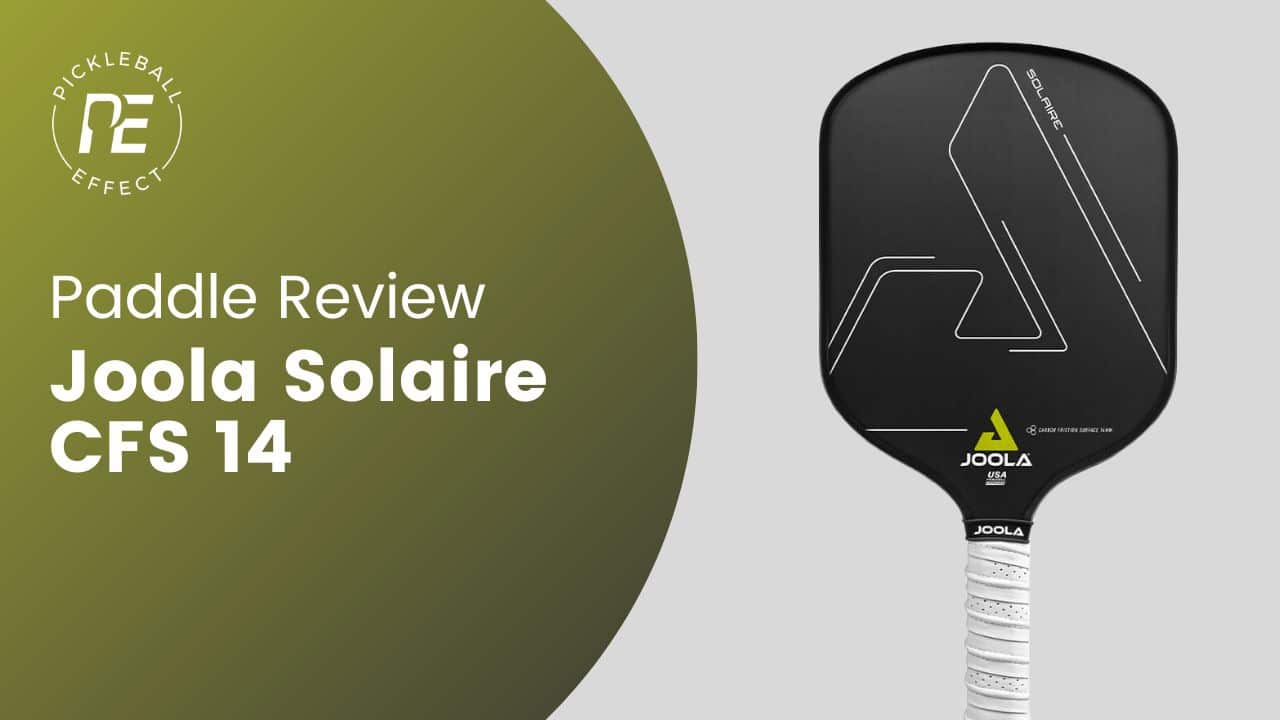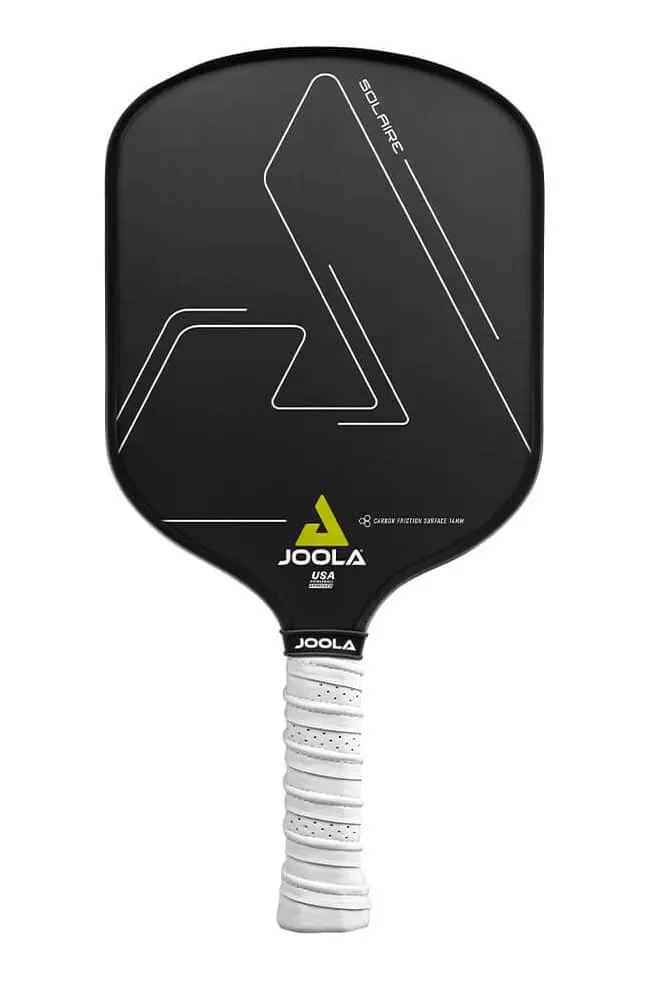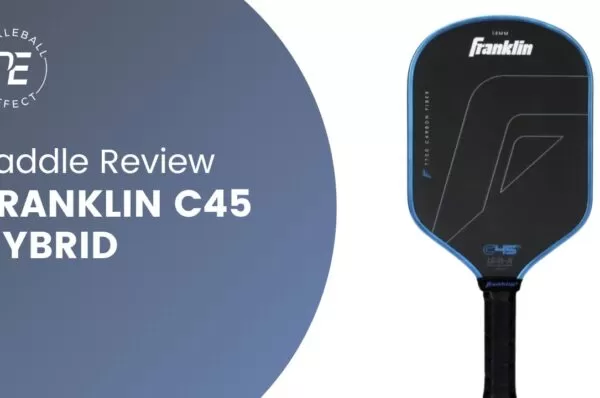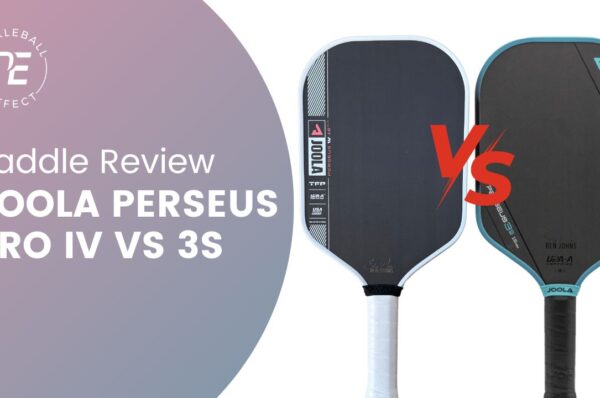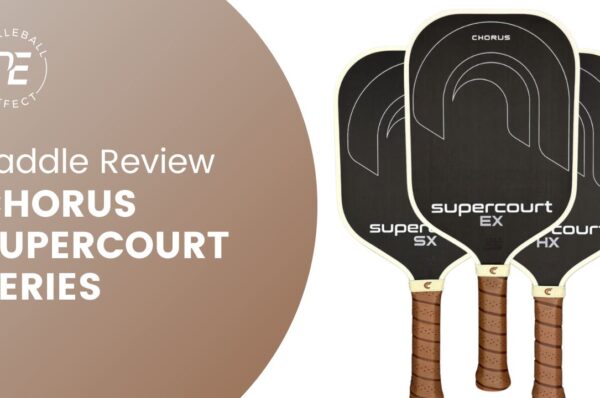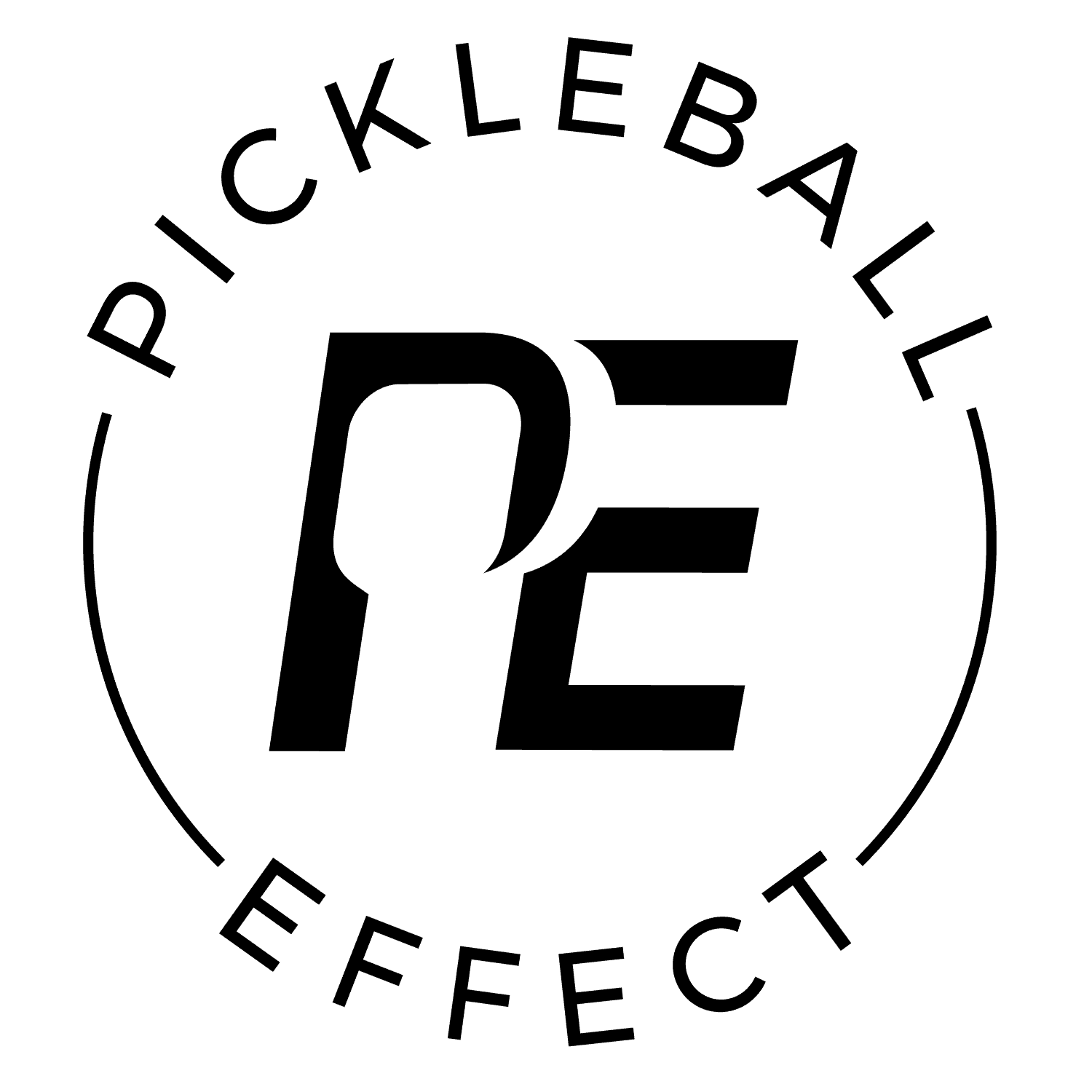Of the 10 or so paddles that Joola released in 2022, there are two that really stand out. The Ben Johns Hyperion CFS 16 and the Solaire CFS 14. These are the only two paddles in Joola’s collection that utilize their unique Carbon Forged Handle and Hyper-Foam edgewall technology. Not inconsequentially, these are the two best paddles they offer in my opinion.
Although the two paddles share the same tech, they each have a different shape and thickness. The Solaire CFS 14 has a thinner core and shorter/wider head compared to Ben’s CFS 16.
After drilling and playing with the paddle for over two weeks, here’s my review of its performance.
Performance Summary
I’m categorizing it as a power paddle. There aren’t too many power paddles with a wider, classic shape like this. That is part of what makes this paddle unique. Its long handle, thinner core and heavier weight combine to give the paddle plenty of power. Definitely more than what the Hyperion CFS 16 offers.
As paddles get thinner, they typically get less stable and the sweet spot shrinks. However, Joola injected foam into the edges of the head and that helped stabilize it and improve the size of the sweet spot some. Especially when compared to similar thin core classic shaped paddles. The CRBN 2 13 mm comes to mind. This extra stability and forgiveness helped make the paddle more player friendly for intermediate to beginner level players.
It is on the heavier side with an average weight of 8.4 oz, but the weight wasn’t as cumbersome as the Hyperion CFS 16 was. You can feel the extra weight in the head of the paddle but the shape of the paddle and its thinner core made the paddle easier to wield and maneuver compared to Ben’s paddle.
Talking about the feel and control of the paddle. It had a denser, firm feel to it and the ball came off hotter which made it harder to control. It took me the full two weeks of playing with it before I felt good about my soft game with it. You had to earn your soft game. I will say that my soft game gets better each time I play with it and it even feels soft now that I’ve had it in my hands for a while though it didn’t feel that way at first. I’ve played other power paddles where I never truly adjust to the feel of it. Like the Engage Pursuit series. The Pursuits’ are some of the best power paddles but I never fully connected with them like I did with the Solaire CFS 14 over time.
When it comes to the spin, it is a top-tier spin paddle. The extra spin was much needed to reign in the power and keep things in play.
The bottom line: This is one of the more player friendly power paddles available. It has a nice combination of power, stability, and spin. It takes some time to develop your touch but the paddle feels softer over time.
Buy the Solaire CFS 14
Get 10% off with the discount code 10EFFECT directly from JOOLA's website.
Shop JOOLAPaddle Design and Technology
There is more to write about in this section compared to most paddles since Joola introduced a couple of new technologies that I want to spend some time on.
Carbon Forged Handle
Joola is the first company to design something like this. Normally a polymer core paddle has the core extended through the handle and then they have a couple of wooden inserts they put on top of the polymer handle that they then wrap a grip over. However, Joola stopped the polymer at the throat of the paddle and connected a carbon handle to the throat. It’s a little tricky to explain so I have this image showing you what the paddle looks like without the grip tape.
This does a couple of things. 1) It allows Joola to have complete control of the shape of the handle. Other thick core paddles have big awkward handles, but this one feels like a handle should feel. 2) It adds some flex to the throat of the paddle which increases the power the paddle can produce. This is part of the reason this paddle has more bounce to it compared to other thick core carbon fiber paddles.
Hyper-Foam Edgewall
This is another new paddle technology that Joola introduced. They injected foam around the perimeter of the head. This is supposed to help increase the sweet spot and improve stability. The paddle performed well in both of those areas so it must have worked. This is also part of the reason the paddle is so head heavy.
Carbon Friction Surface (CFS)
You’ll see Joola tossing around a few acronyms for the facing they use for each paddle. The CFS facing is a carbon fiber facing that is lightly textured. The texture is built into the facing material which means it will last longer. It looks and feels a lot like an Engage Pursuit paddle.
Reactive Core
Joola used two different cores in their paddles. They have their Reactive and Responsive cores. Reactive cores are using smaller honeycomb cells that give you more power and solid feel. Their Responsive core has bigger honeycomb cells which should translate to a softer, less powerful paddle. The 16 in the CFS 16 name of the paddle represents the thickness which is 16 mm. Thicker cores offer more touch and forgiveness than thinner cores.
The Shape
It’s a classic shape that is 16” long and 8” wide. This is coupled with a 5.5” handle. The 5.5” handle is on the extreme side of longer handles and is not common with shorter paddle shapes like this. In fact, this may have the longest handle out there for a classic shaped paddle. This makes the face of the paddle a little small but does add some extra power and spin potential.
Attacking
I categorized the Solaire CFS 14 as a power paddle and it really shined when you wanted to generate some offense. It had the power and spin combo to be really dangerous when serving and driving the ball.
It had easy power which is always helpful with counters and speed ups. You had to be careful with speedups from below the net, though, because it was easy to hit those long with the extra ball speed it gave you.
The heavier weight was not as big of a factor with this one compared to Ben’s CFS 16. I thought Ben’s was too head heavy which made it difficult to get power on backhand volleys. But that wasn’t the same case with this one. It still felt heavier but it wasn’t as hampering.
The thinner core made it easier to move through the air, especially compared to the CFS 16, which helped with fast hand battles but I wouldn’t consider it a super fast paddle.
Because the paddle could generate power for you I could really tighten up my swing on volleys and didn’t overextend like I do with some other paddles when I try to put some extra speed on the ball so it made me more consistent there.
It’s not an elongated paddle so you could feel the decrease in reach, but you did gain some forgiveness from side to side. I thought it was less forgiving vertically than it was horizontally. If I caught a ball toward the tip of the paddle it would die more than on other areas of the paddle. The paddle is already short and that made it feel even shorter.
Soft Game and Defense
The paddle has a dense, firm feel to it and the ball comes off hotter than most. This made it harder to control at first. My drops and dinks all carried a little more and I had to adjust. It took me two weeks of playing and drilling 3-4 times a week to dial it in. But I did dial it in. The more I played with the paddle the better I could control it.
I never got to a point where I was controlling the pace of play as well as I could with a control paddle, but I still felt comfortable with it and could execute drops, blocks and resets with it well over time.
I thought it had a better feel than other power paddles I’ve played like the Engage Pursuit series or the Onix Premier Pro. Though those are great power paddles, I was never able to fully connect with them. The Solaire CFS 14 was different. I felt more connected and could feel the ball better with it compared to those other power paddles.
One of the challenges of a thinner core paddle like this is stability. Thinner cores usually twist easier in your hands, but thanks to the Hyper Foam technology, this one broke that mold. It felt stable at the net which helped reduce errors and made it easier to block and reset shots.
I also thought the paddle was more forgiving compared to similar shaped paddles with a thinner core. As the paddle head gets wider, combined with a thinner core, you can often feel a vibration with off center hits on the side of the paddle. But I didn’t get that with this one. The paddle isn’t as forgiving as thicker core paddles, but for a thinner core paddle I thought it outperformed its peers.
Other Player Comments
Who Would Like This Paddle?
If power is what you are looking for and you prefer a wider, classic shape, then you should take a close look at this one. I think its combination of power, spin and stability make it a great power paddle.
It is harder to control and takes time to reign in, but if you give it a couple of weeks, I think you’ll find that you can adjust to it well over time like I did. However, if you haven’t developed a decent soft game in general then that will make this paddle harder to control. You may find yourself hitting balls deep and popping up dinks more often than you would like.
Buy the Solaire CFS 14
Get 10% off with the discount code 10EFFECT directly from JOOLA's website.
BUY NOWBraydon competes at the 4.5 level and plays in 5-10 tournaments a year. He plays/drills 3 to 4 times a week and would play more if time allowed it.

